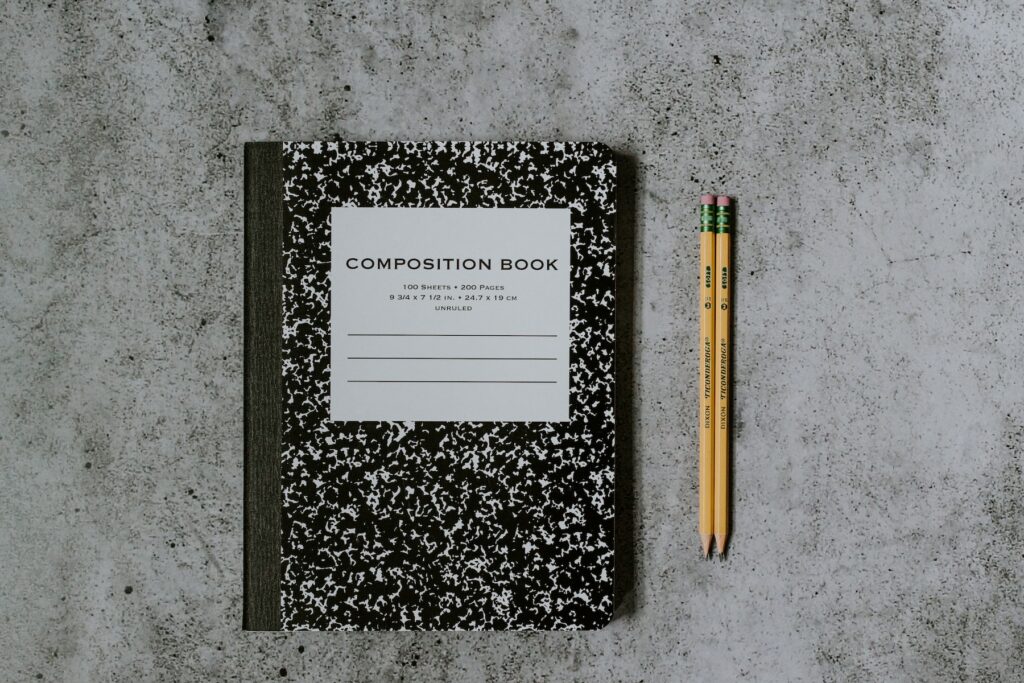The fusion of Computer Vision (CV) and Natural Language Processing (NLP) with deep learning and Large Language Models (LLMs) has prompted a transformative era in audio generation. These advancements, grounded on innovative Large Language Models, grant this realm an unprecedented ability to generate high-quality music based on textual descriptions.
At the forefront of this revolution is MusicLM, a remarkable product of collaborative efforts by Google and IRCAM – Sorbonne University. This model stands apart in its unique capability to generate music following a text description – for instance, “a soothing violin melody supported by a distorted guitar riff.”
What fuels this ability is MusicLM’s unique training regimen that incorporates both textual and melodic elements. This enables the model’s comprehensive understanding, allowing for adjustments in pitch and tempo according to the text’s mood and nuances. Additionally, training involves the utilization of innovative tools like SoundStream, w2v-BERT, and MuLan pre-trained modules, bolstering the model’s overall performance.
Powering this training process is MusicCaps – a publicly available dataset consisting of an extensive array of music-text pairs and descriptions that MusicLM relies on. With the help of MuLan, MusicLM has accomplished the breakthrough of leveraging knowledge from a larger audio corpus which effectively solves the challenge of limited paired data.
Parallel to MusicLM’s path, we have SingSong championing another perspective of this technological revolution. This model, also a brainchild of Google, produces instrumental music designed to synchronize with input vocal audio, heralding a new epoch in source separation and generative audio modeling.
SingSong carves its niche by employing a commercially available source separation technique to split a vast musical dataset into voice and instrumental paired data. This process allows the model to generate a harmonizing instrumental track to correlate with the input vocal section. SingSong implements two core strategies with vocal inputs as mentioned in the paper “SingSong: Generating musical accompaniments from singing”. These include masking artifacts with noise to preserve originality and the utilization of only the coarsest intermediate representations.
The convergence of Computer Vision (CV), Natural Language Processing (NLP), and other technologies through deep learning paves a promising road ahead for musical transcendency. Groundbreaking models like Google’s MusicLM and SingSong offer illustrious examples of how audio and music generation can be elevated with Large Language Models at the helm.
The advancements heralded by these models can burgeon into multiple potential applications that can redefine multiple industries. Could this be the dawning of a new era of personalized music recommendations, bespoke soundscapes, or even a revolution in film score composition? As the application of these model grows, we might just find ourselves dancing to the algorithm’s beat.
As consumers, creators, or simply curious minds, these innovations offer a compelling incentive for us to delve deeper into the intricate world of deep learning and large language models. Let’s embrace this symphony of technology and music to shape the soundtrack of our future.


![The ‘Giveaway Piggy Back Scam’ In Full Swing [2022]](https://www.cjco.com.au/wp-content/uploads/pexels-nataliya-vaitkevich-7172791-1-scaled-2-683x1024.jpg)

